
You are here:

We’re doing what people do at the end of one year, beginning of another. We look back at what we did well and what we can improve. We always want to keep doing better. That
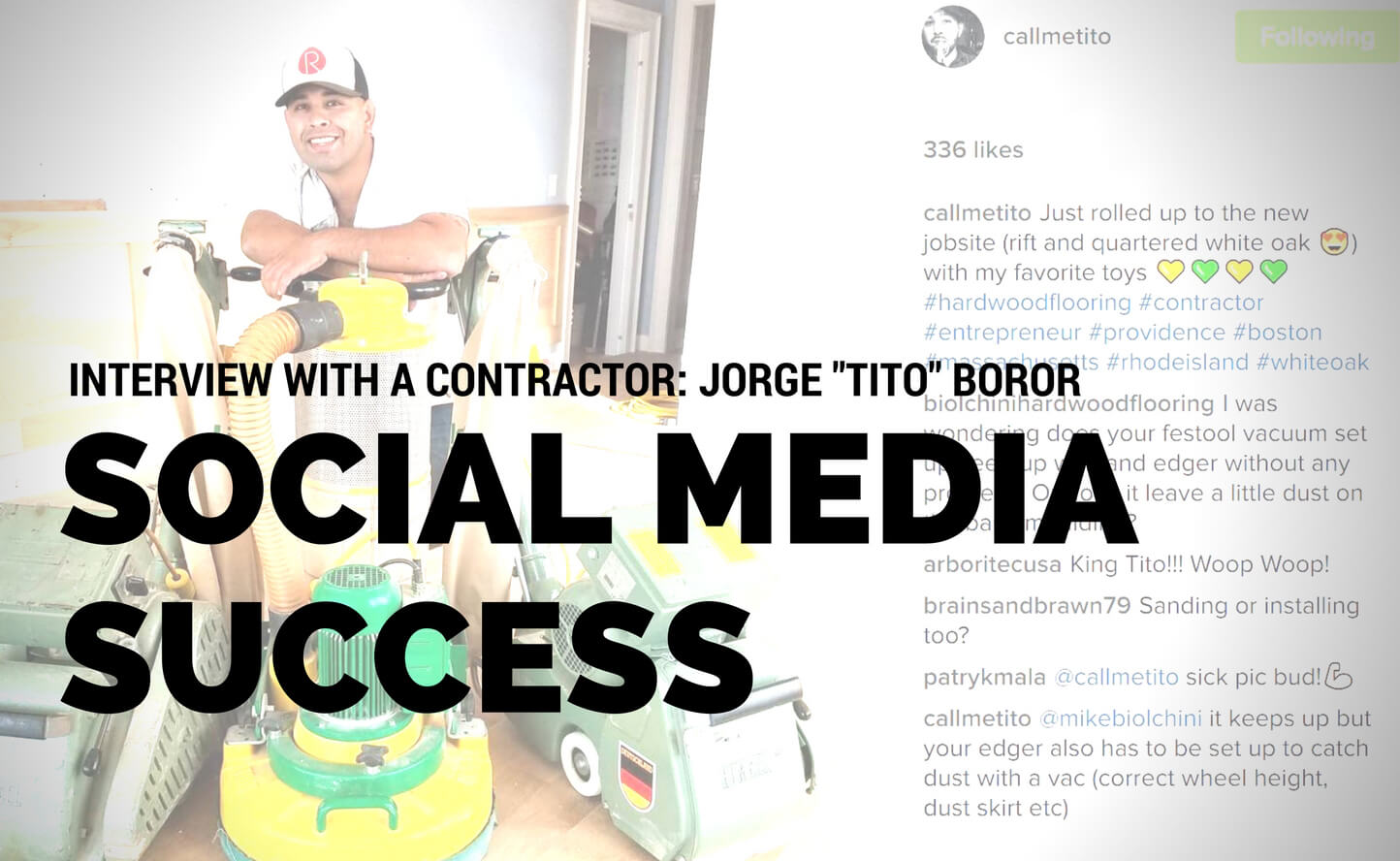
Many who follow us on social media, especially on Instagram, also know Jorge Boror (“Tito”), at least through the social app. Tito has been building his wood flooring business, Rende Hardwood Flooring in Providence, R.I.,
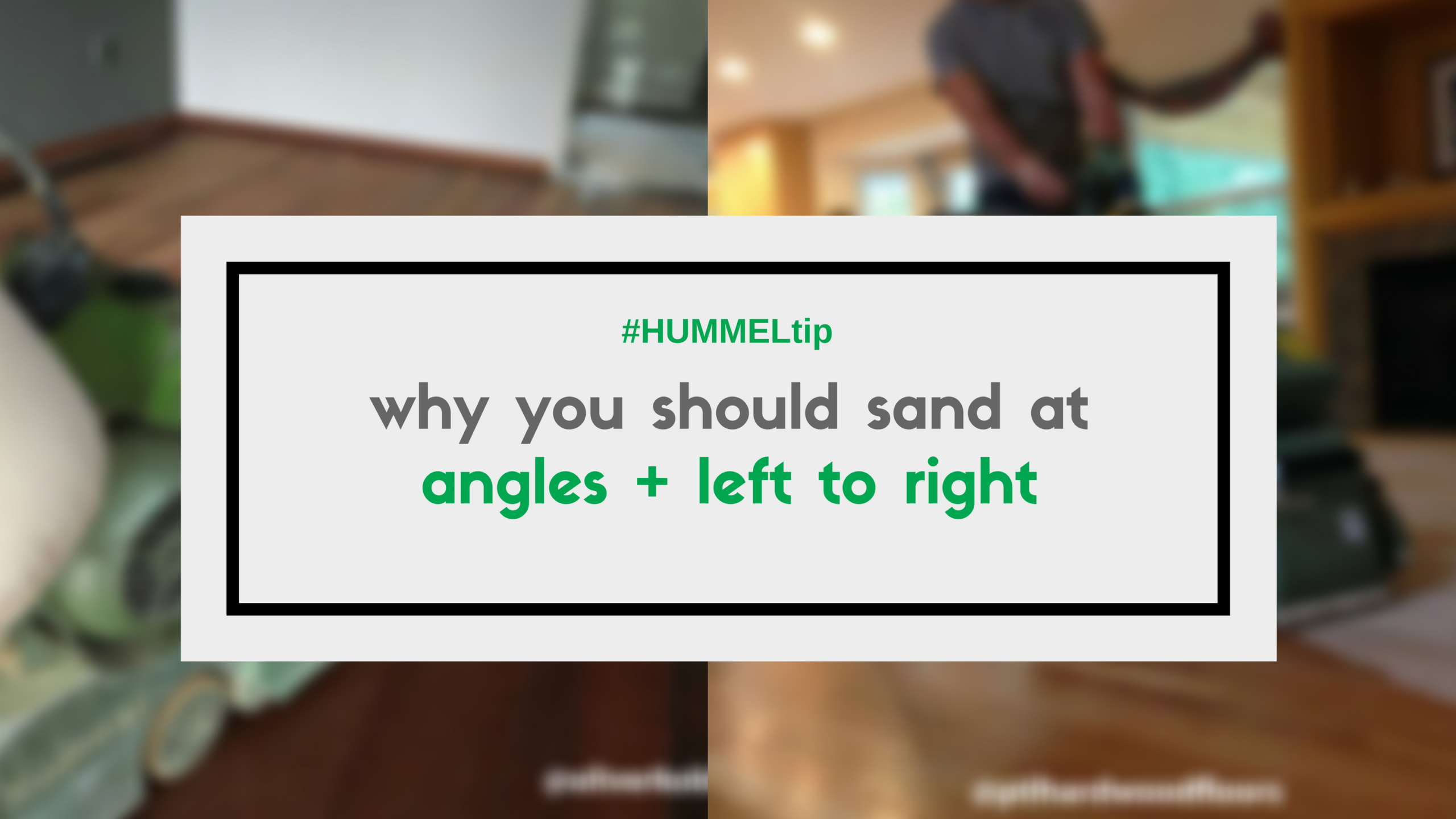
Why You Should Sand Wood Floors at an Angle + Left to Right Every day here we’re talking about doing things better, the internal stuff our staff does to make this shop hum and the
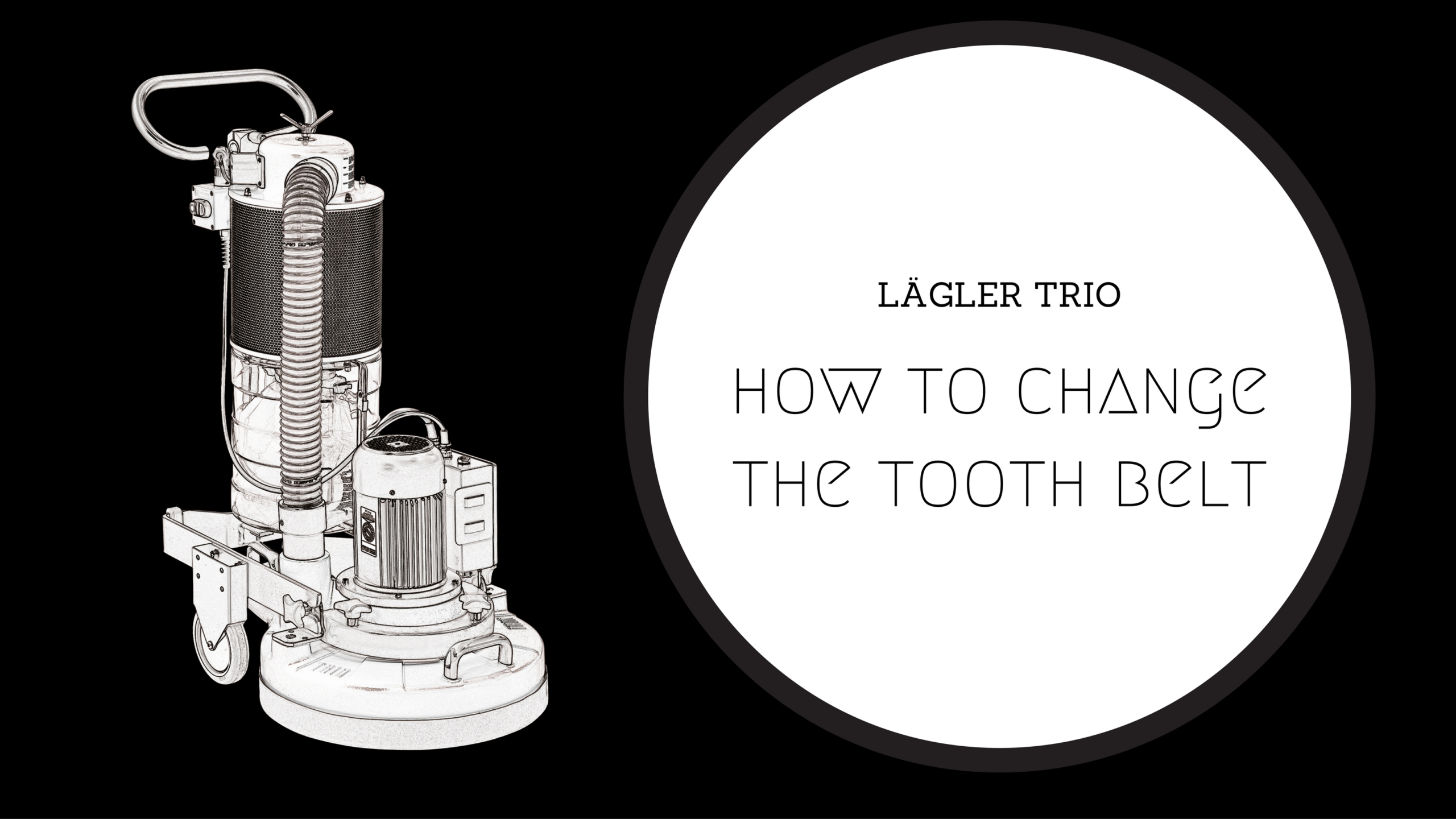
Good condition of the tooth belt, or the belt that turns the three sanding plates (discs) of the Lägler TRIO fine sanding machine, is critical. No belt, no sanding. It’s that simple. In this post,

We recently wrapped up our second Lägler Fly and Sand trip of 2016. It was a new step for us and Lägler GmbH, in nearly 10 years of offering this lottery, to put together two
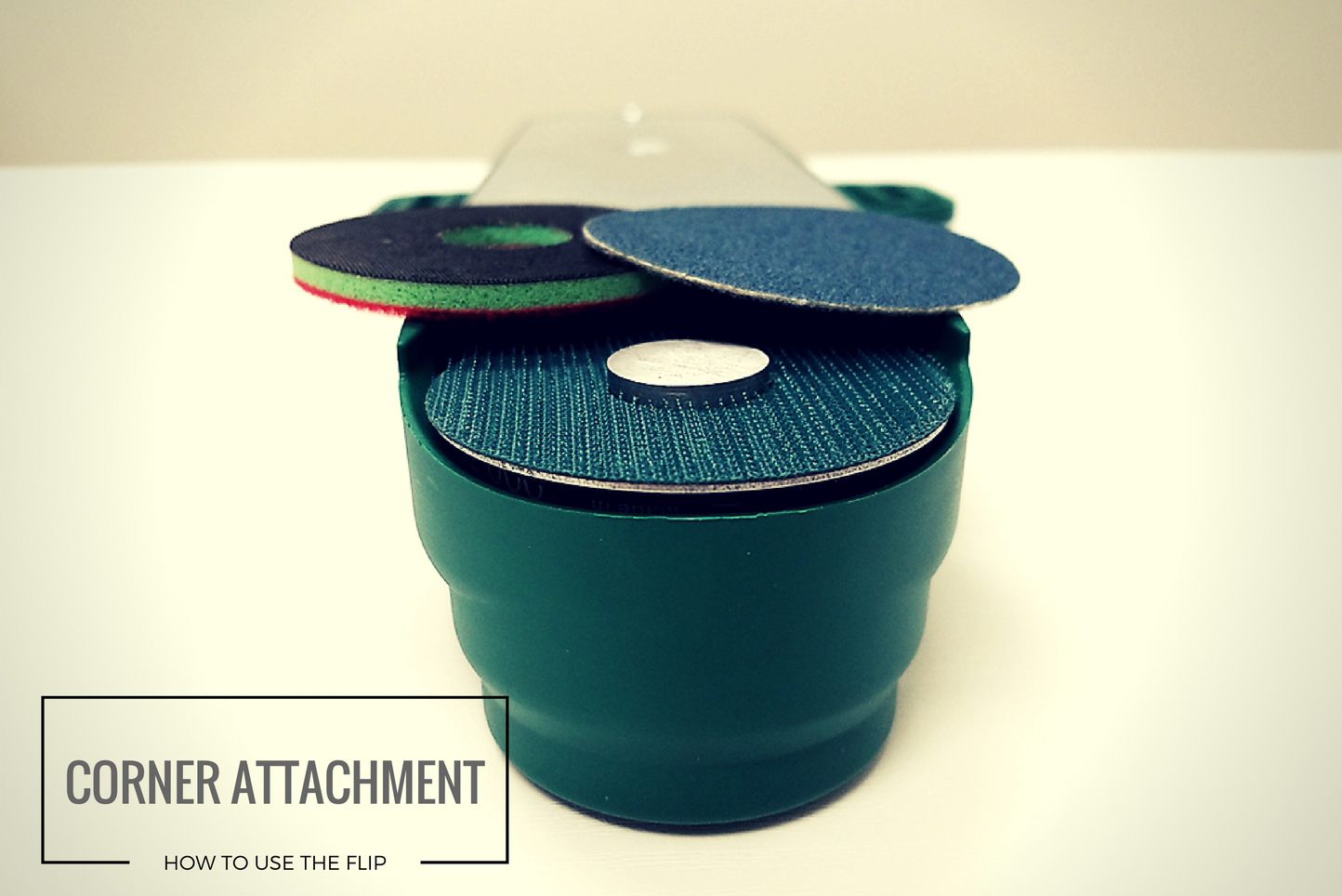
Flexibility of tools on the job stands out. And the Lägler FLIP, with its corner attachment, can be one of the difference-makers on the job site. If you use a FLIP, you know the short
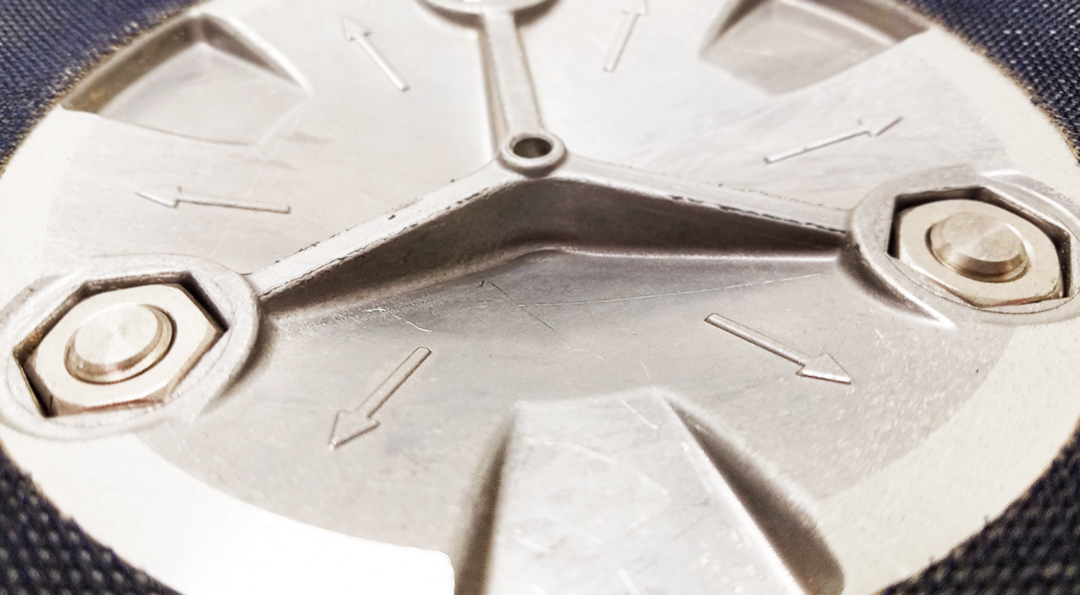
Have you noticed the six arrows on the bottom of a Lägler TRIO sanding disc? We point them out during our Premium Sanding Technology training (PST® certification). A lot of times, the guys hadn’t noticed
The Lägler HUMMEL weighs about 175 pounds. That weight is important for sanding wood floors with the HUMMEL, but it’s no doubt tough on your back when carrying the machine for long. Any of you
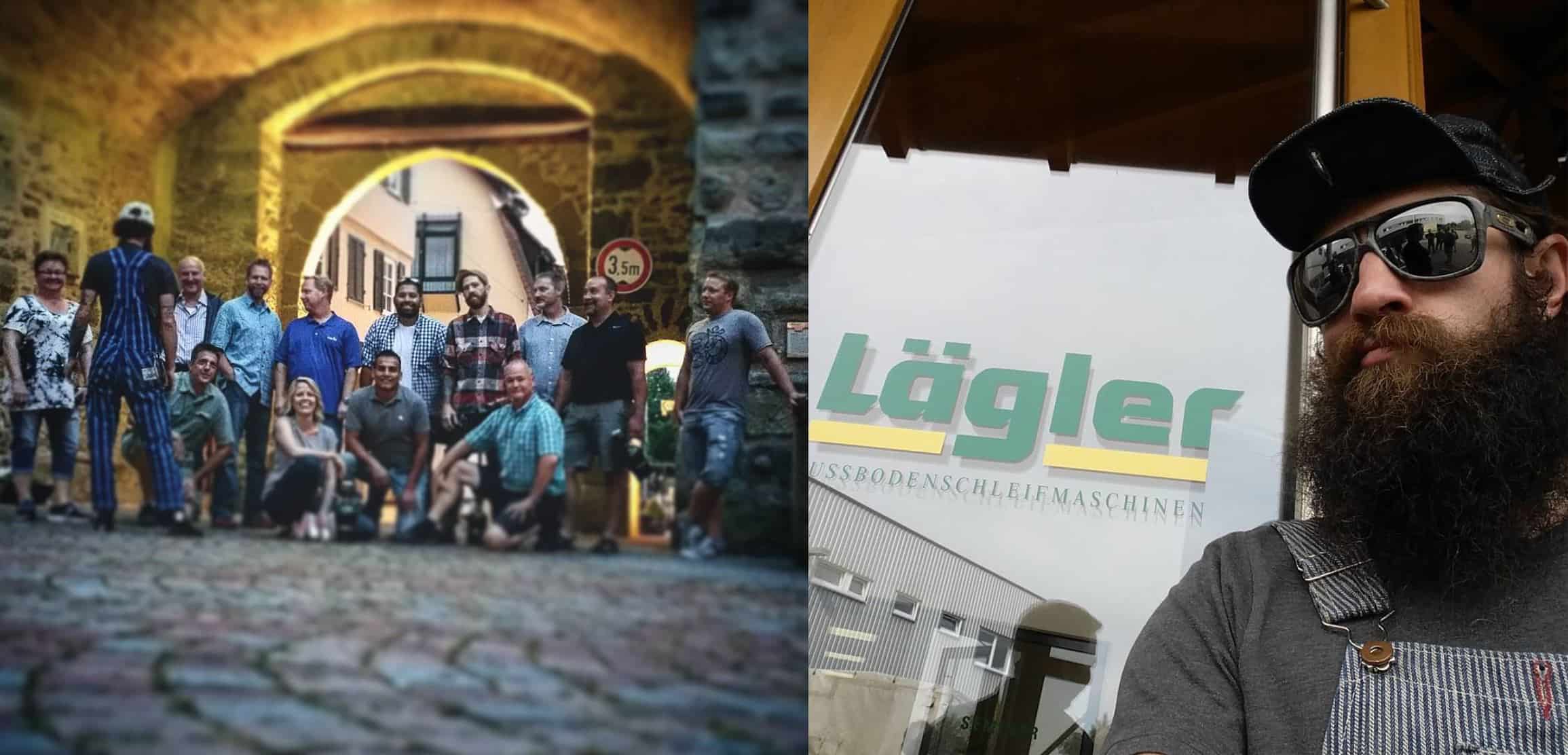
Editor’s Note: Brandon Santiago, of Cleveland Hardwood Restoration, was one of 10 wood flooring professionals whose names were drawn as winners of this year’s annual Lägler Fly and Sand lottery. Below, is Brandon’s take on
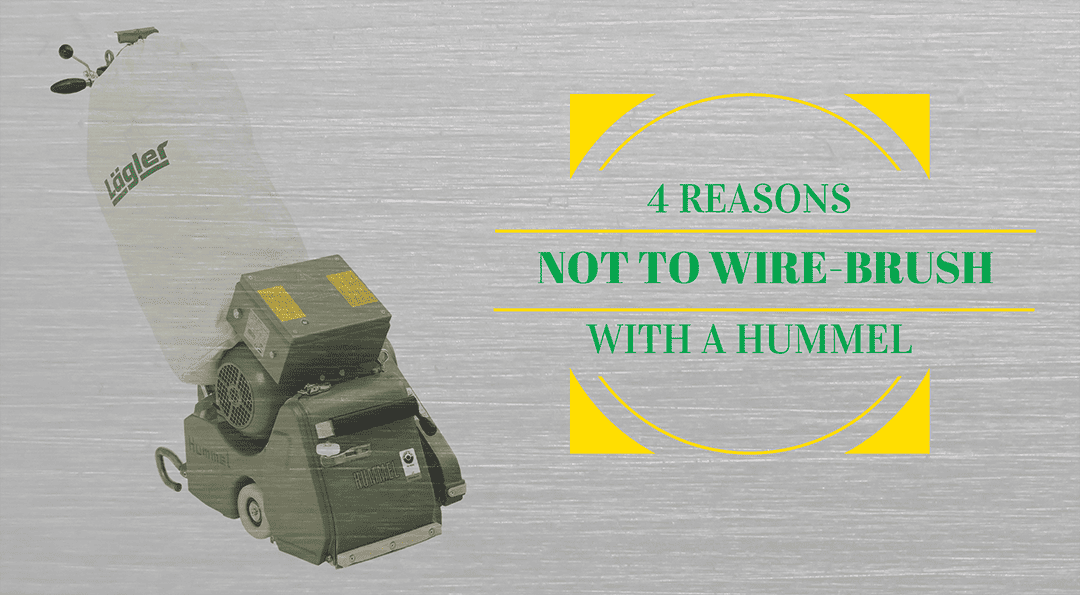
If you know Lägler, you know it stands for quality. You also probably know that if you stand for something, you’ve got to say “no” to something else. For Lägler, that means putting out quality
Lägler North America, a division of Palo Duro Hardwoods, is the North American distributor of machines and parts manufactured by Eugen Lägler GmbH in Germany. We are North America’s machine repair center, and offer Lägler’s one-day Premium Sanding Technology (PST®) certification course.
Copyright © 2020 Lägler North America. All Rights Reserved.